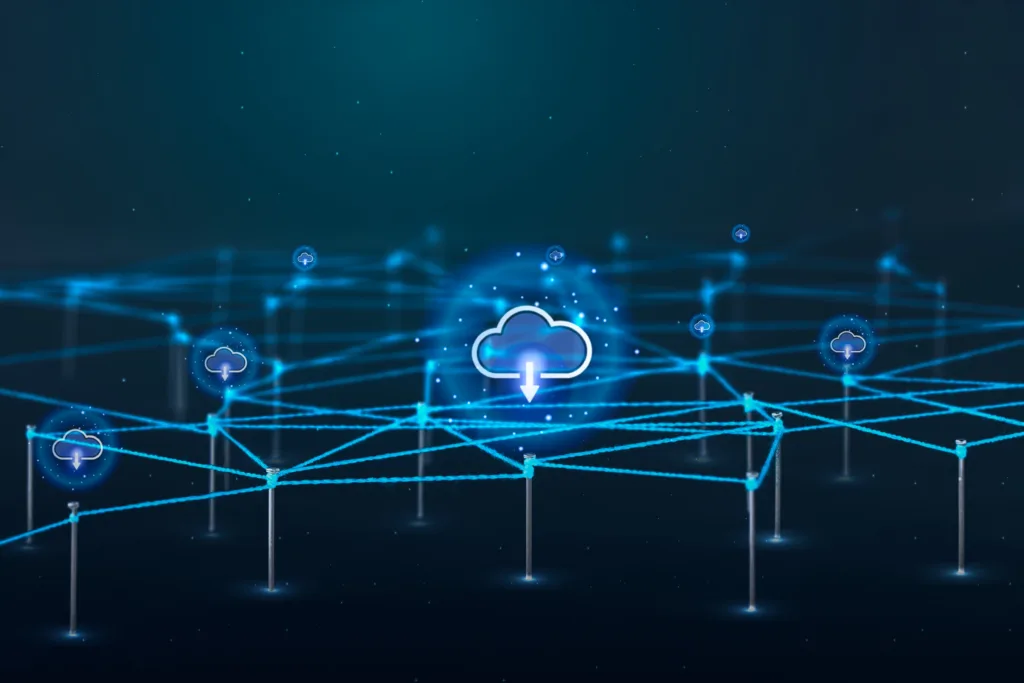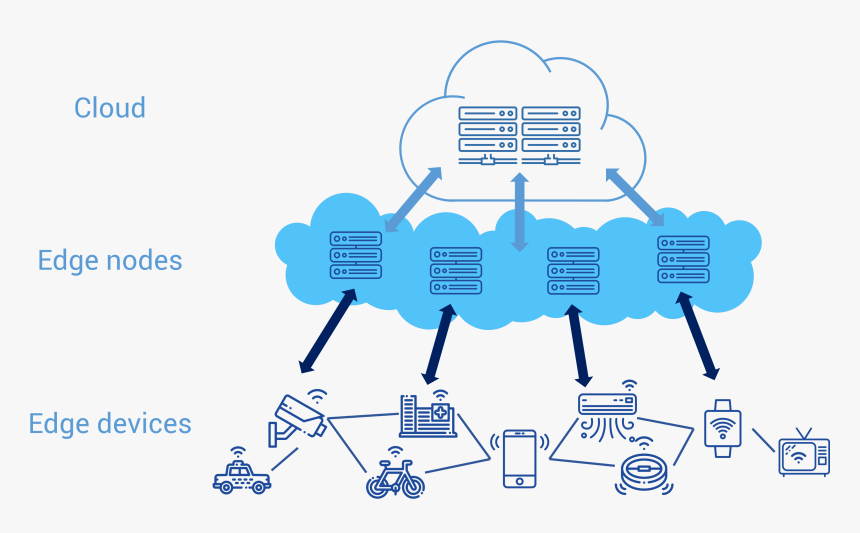
We are approaching the age of Dataism, where all entities will be connected through the network and sharing the data from one end to the other end of the globe or even across the cosmos. Dataism has been embarked on by the Internet of Things (IoT).
According to a report published by Statista, “There were 9.7 billion IoT devices existing worldwide by 2020 and the count will drastically rise to almost triple from in 2020 to more than 29 billion IoT devices in 2030 and The majority of IoT devices will be consumer devices.
Now the challenge is, how all that more than 80 Billion zettabytes (ZB) of data generated by the IoT devices will be managed and processed by the centralized servers.
The intensity of the challenge created the subsequent question of what underlying concept is edge computing based on. and it’s the simple answer as well as the solution to the problem: “The underlying concept behind edge computing is the decentralization of the data storage. It is based on the idea of migrating the processing power and data servers closer to the end-users or edge devices, rather than relying on a centralized cloud infrastructure.”
What is Edge computing?
Edge computing is a distributed computing infrastructure in which computation and data storage are processed at the periphery of the network closer to the sources of data i.e. edge devices or end-user devices.
The decentralized architecture concept enables improved response times and saves bandwidth. Edge computing could be defined as an architectural concept of distributed computing rather than a specific technology.

Edge Computing Is An Extension of Which Technology?
Edge computing can be considered an extension of cloud computing. In Cloud computing services are configured and managed either by the end-user or by a service provider over the servers connected to the Internet.
The cloud computing infrastructure enables a facility to easily collect data from connected devices across multiple locations. This data can be stored and analysed to predict the annual demand and production planning or the innovation and optimization of processes.
Cloud computing is useful to avail the comprehensive data pool that is easy to maintain, flexible, and cost-efficient. In addition to the benefits of cloud computing, edge computing added scalability, reliability, and efficiency across the business and industries.
Edge computing is a subsection of cloud computing. While cloud computing is about hosting applications in centralized data centers, edge computing is about hosting applications closer to end users, either in smaller edge data centers or on the customer premises instead.
Factors That Have Made Edge Computing Cheaper And Easier:
Expanding demand for low-latency data processing has made edge computing cheaper and easier. Mobile manufacturers are encouraging their customers to implement edge computing to render a quizzical experience with fast streaming entertainment and browsing. Because of low internet latency rich features in edge computing made it possible to provide an uninterrupted gaming experience from your mobile phone.
-
The reduced expenses for data storage, hardware, and devices in edge computing.
-
Improved internet latency due to the easy implementation of cloud-based platforms like Amazon and Web Services (AWS), Microsoft Azure, Google Cloud, Salesforce, etc.
-
Due to the advanced and enhanced internet connectivity because of 5G and Wi-Fi 6, Edge computing is capable to transfer data between edge devices more accurately and fast.
-
The expense of running the cloud-based platform is lower than running your own data centers to process the large traffic of data. Edge computing is more secure with enhanced security features.
-
Upgrading the network is simple and less expensive. This eventually makes edge computing cheaper and easier to use and utilize.
Edge Computing Examples:
Wherever the need for connected devices with low latency networks, Edge computing will come to the surface. In the near future Edge computing will be the serving layer to provide the optimized data services across the continents. There are vast application areas available that should run on the periphery of Edge computing.
1- Autonomous vehicles in terms of Vehicle to Vehicles communications
2- Smart connected grids
3- Remote monitoring in large-scale industries and warehouses
4- Smart Homes and buildings
5- Traffic management in terms of Vehicle to infrastructure communication
Conclusion
Writing this article has made me reflect upon just how quickly Edge computing evolves and render the new heights to the upcoming future of technologies. Businesses rise and fall with new technological innovations. If they do not adapt quickly, they will become redundant.
